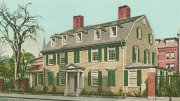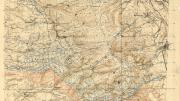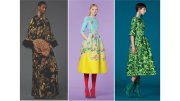1924
The Bulletin confesses that a proposal for a Harvard radio station “sounds a little startling to those not yet affected with radiofanitis. But, we wonder—will it sound so strange ten or fifteen years hence?”
1934
The Harvard Summer School announces “an interesting experiment” —an intensive course of instruction in written and spoken Russian, using phonograph records and sound films to speed the learning process.
1949
The Faculty of Arts and Sciences votes to phase in required courses in General Education, seeking to educate undergraduates as “responsible human being[s] and citizens[s].”
* * *
The recently organized National Council for American Education issues a pink-covered pamphlet, Red-ucators at Harvard, which claims that 76 faculty members are “involved” in “affiliations” with 124 “communist fronts.”
1959
Radcliffe’s weekly newspaper, Percussion, sponsors a contest to pick the best-dressed Radcliffe girl, who will enter a national contest sponsored by a fashion magazine. Barnard and Moors Halls vote not to participate, terming the contest “against Radcliffe’s principles.”
1964
The freshmen are up in arms (“Stamp out dehumanization!”) about a decanal proposal to computerize the House selection process.
1969
The Harvard Corporation agrees to open merger talks with Radcliffe, with a view to achieving total merger by the fall of 1970. Radcliffe’s Board of Trustees and College Council have already voted to begin such discussions with Harvard. “Merger of Radcliffe into Harvard,” write the Bulletin’s editors, “has the ring of historical inevitability.”
1984
The Faculty of Arts and Sciences has voted to reimburse MIT for overhead costs (for space, heat, and light) incurred by allowing about 60 Harvard students to cross-register in its Reserve Officers’ Training Corps unit.






